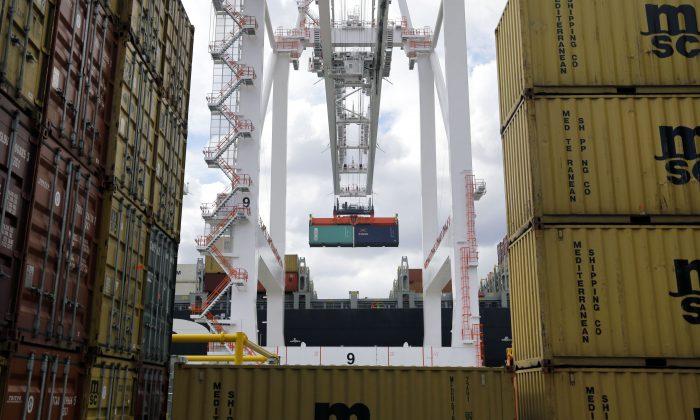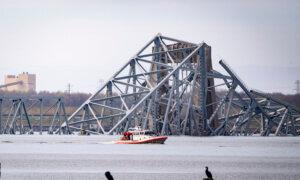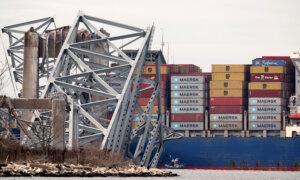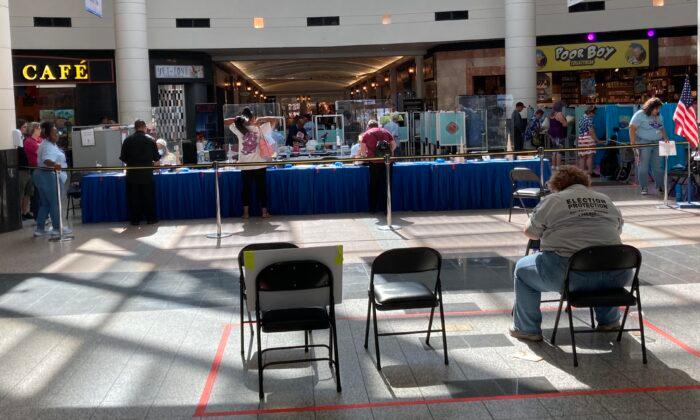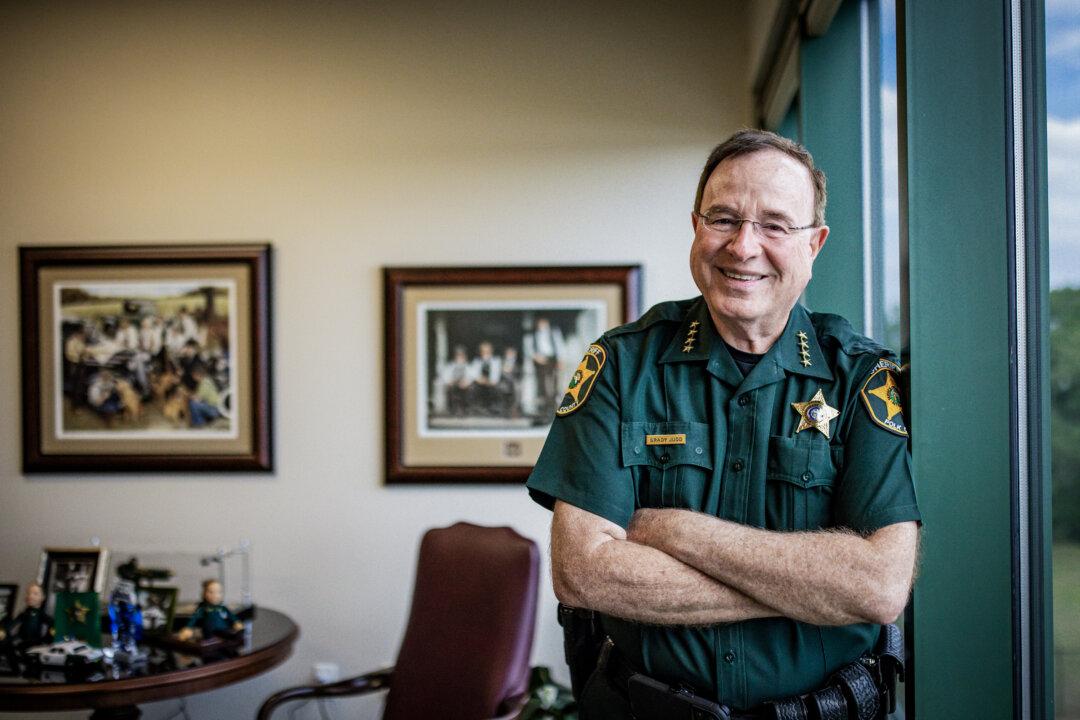Conflicting claims say the container vessel Dali was experiencing electrical failures while docked for 48 hours at Seagirt Marine Terminal but was allowed to depart anyway.
The vessel then lost power in Baltimore Harbor and knocked down the Francis Scott Key Bridge early on March 26, killing six construction workers and shutting down—potentially for weeks—the ninth-busiest commercial port in the United States.
Officials with the Baltimore Department of Transportation’s Dockmaster’s Office, the “harbormaster” in Baltimore Harbor, and the United States Coast Guard maintain they were never notified of any issues with the ship while it was pier-side.
The assertion surfaced on March 27 when Julie Mitchell—a Baltimore director with Container Royalty Fund that manages benefits and advocates for port workers—told a CNN affiliate that longshoremen and others told her the Singapore-flagged container carrier had struggled pier-side with “total power failure, loss of engine power, everything.”
Ms. Mitchell said the ship should never have left the dock.
“They shouldn’t have let the ship leave port until they got it under control,” she said.
The 95,000-ton South Korean-built ship did, indeed, lose power at least twice during its circuitous 45-minute loop in Baltimore Harbor upriver from the bridge, including moments before it and its 4,700-container cargo—as much as 262,000 tons—plowed into a pylon and brought the structure down.
On March 28, however, Ms. Mitchell had changed her tune.
“I redacted my comment. I have no comment,” she told The Epoch Times and hung up the phone without elaboration.
Ms. Mitchell may have rescinded her claim’s implications, but she’s telling the truth about the scuttlebutt among port workers, said Jason Nelson, a 2022 Republican U.S. House candidate from Texas who worked in port security with the U.S. Marine Corps as an Army “boat driver.”
“I can confirm that actually,” he told The Epoch Times, adding he called “my old duty station” on Chesapeake Bay “and talked to the OIC [Officer-In-Charge] and got his feedback on what he knew and he told me that, for two days dockside, they were having power issues on the vessel.”
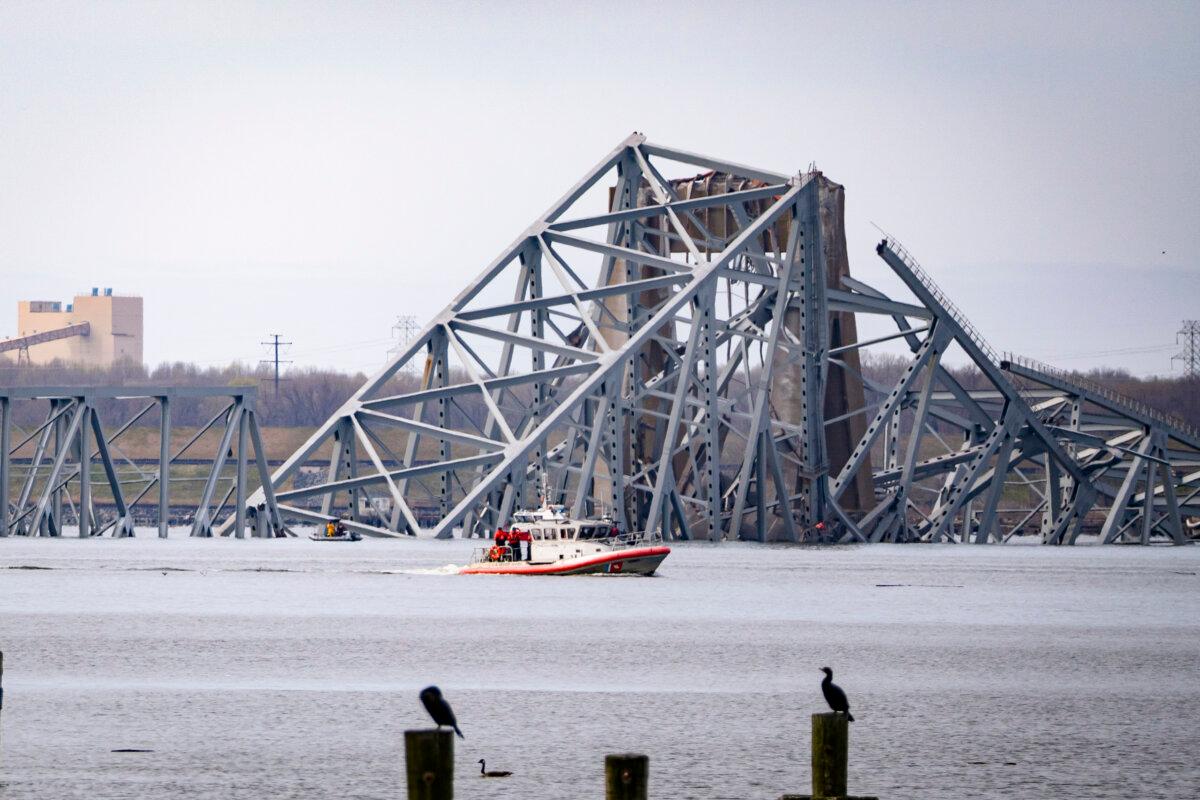
‘Stick To The Facts’
Mr. Nelson, a disabled veteran who served in a U.S. Army special operations unit in Afghanistan, had not read or heard of Ms. Mitchell’s claim before speaking with The Epoch Times.“Oh, so there’s already somebody out there” conveying what is commonly being discussed among port workers, he said. “I didn’t realize that.”
Since Ms. Mitchell didn’t elaborate on why she was backing away from her March 27 comments, Mr. Nelson concluded: “She just probably got threatened with a lawsuit for saying that.”
But, he added: “You can stick to facts and, without blaming any individual, say dockworkers working next to the ship have reported that there were massive power outages on the ship. I can confirm that” from what former teammates on port security teams are reporting.
“I mean, in other words, basically I think she’s implicating the Harbormaster, saying that the Harbor Master was aware of this ship’s problems and allowed” it to leave the terminal, said Mr. Nelson. “That’s a difference there with what I’m saying. I’m not saying he did know.”
And therein lies the vagary: who knew what when?
“So if nobody’s reporting it to anybody—and you got to remember these guys are on a tight schedule; like truckers, right?—if they stay tied pier-side, this is a huge issue for them.” Mr. Nelson said, because time is money.
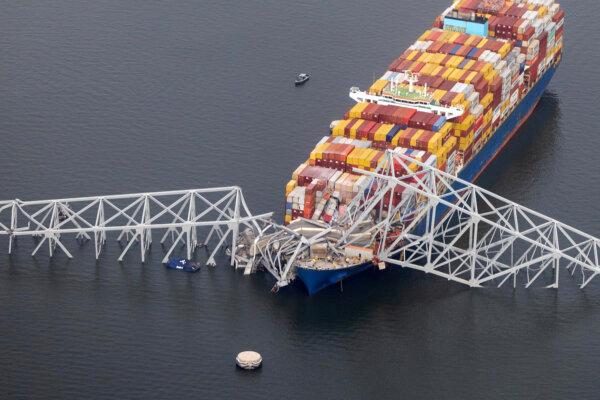
Expediency Rules The Waves
He said there is ample evidence the ship struggled with its electrical systems as it lumbered across Baltimore Harbor in a wide arc to the west, nearly into Curtis Bay, far outside normal ship lanes.“It is very interesting to me that you see on most of the diagrams the ship does a slight loop and makes a left-hand turn towards the bridge but that’s a lie,” Mr. Nelson said.
“That’s the question. There’s the ‘conspiracy’ and it’s not ‘oh terrorism,’ it’s that they obviously left under their own power because there’s no tugs attached to it and then, once they reached the harbor and started to move into shipping lane, there was some sort of issue in the harbor” and they shifted west in a floundering arc that is not charted on diagrams seen in media.
“Why is that important? Because the ‘conspiracy’ therein is, ‘What the heck was the Harbormaster doing at this point?’ They had a pilot out there who, at some point, signed off on them taking a loop over to that side of the harbor” that also raises questions, Mr. Nelson said, about who knew what when—and why they did what they did.
The fact that longshoremen and others working in the port recall the ship was experiencing electrical issues while pier-side is not unusual, Mr. Nelson said.
Many ships while dockside are “slaved” to the port’s electrical power to sustain shipboard operations, he and others told The Epoch Times.
While that arrangement can often foster nuisance electrical issues for the crew.
“If they were having power outages while ‘slaved’ to the pier' that were causing enough disruption for shipyard workers to take notice then they are having much larger issues than a generator or engine outage. They’re having actual electrical systems problems,” Mr. Nelson said.
What that indicates is “something internally is wrong with their electrical systems” and engineers on the ship, including the Dali’s ship master, “knew that was going on,” he said. “And here’s the question, did the Harbormaster know?”
Mr. Nelson said it is likely the pilot was unaware of any electrical issues until the massive ship had pulled into the harbor and set it, as best he could, on its strange course across the harbor and out of traffic as the crew scrambled to restore power.
“The harbor pilot, making the agreement to make that large loop, if he was seeing things wrong with that system what was the conversation that happened in the bridge at that moment?
“Did they say, ‘Hey, let’s just get it out to open sea. We’ll park it out there,” and resolve whatever the issues were. And that’s the ‘conspiracy.’ Time is money and expediency in ocean transport rules the waves.
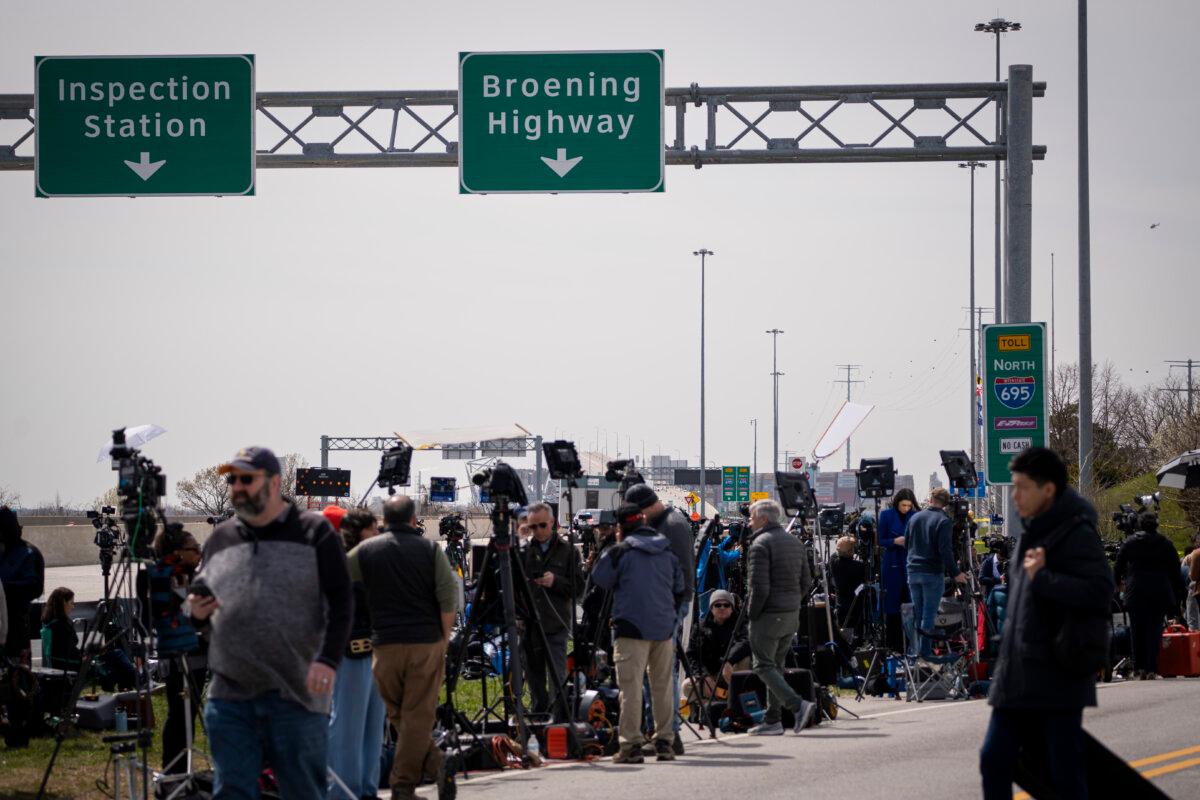
Who Knew What When?
A Harbormaster is “like an aircraft controller” at an airport, Mr. Nelson said.The Harbormaster is responsible for multiple things, and that includes maintaining the harbor, the channel, the shipping lanes, but also the seaworthiness of vessels that leave and come into the harbor.”
But the Harbormaster only knows what is reported. What the Harbormaster and pilot were told by the crew, especially the ship’s master, will be a key component of the National Transportation Safety Board investigation into the crash, he said.
There is no indication that the Dali reported any issues to the Coast Guard or the Harbormaster and there are plenty of incentives why they would not.
“They may not want to get inspected, so they may not have,” Capt. Konrad said. “They’d have to tell the pilot when they come on: ‘These are the problems we’re experiencing’ and then the pilot decides, based on that” how to proceed.
Tugboats could have helped, he said.
Most “pilots would love to have 10 tugs and go all the way out of the Chesapeake with them,” Capt. Konrad said.
“But the problem is,” he continued, “tugs are incredibly expensive and if they order tugs too often—no one’s going to tell them ‘no’—the prices can skyrocket and then, you know, Maersk says if the costs here are high, we’re going to leave Baltimore and we’re going to go to New York” with its bigger harbor and less need for tugboats.
“So, that’s where the competitive edge” comes in a decision-making process that could have contributed to the disaster in Baltimore Harbor, Capt. Konrad said.
All this will be ferreted through in an NTSB probe that could last months, if not years, he and Mr. Nelson said.
For now, Mr. Nelson said, the question remains who knew what when.
“I have no idea. I have no idea if the Harbormaster found out. I have no idea somebody even told them,” he said.
If port workers saw something unusual about the ship’s electrical systems there’s no public indication, other than Ms. Mitchell’s claim, that anyone reported it to the Harbormaster or the Coast Guard, Mr. Nelson said.
If so, that could mean “all sorts of things,” he said, that “comes from poor training, that comes from just a bad job on the part of the people who are responsible to ensuring that those vessels are seaworthy.”
Because, Mr. Nelson said, while it is not unusual for a cargo carrier “slaved” to port power to have dicey shipboard electricity while docked.
“What would be unusual is for them to sign off on an unseaworthy vessel.”
